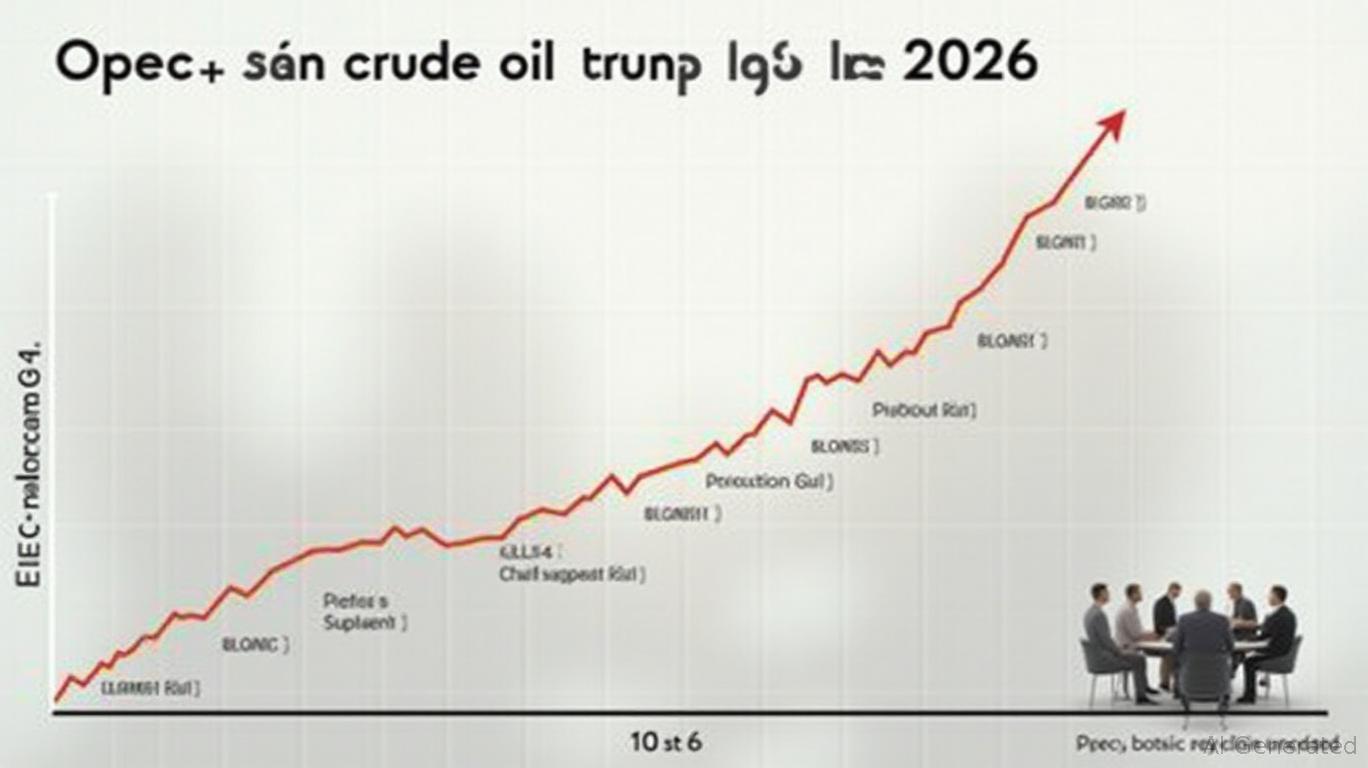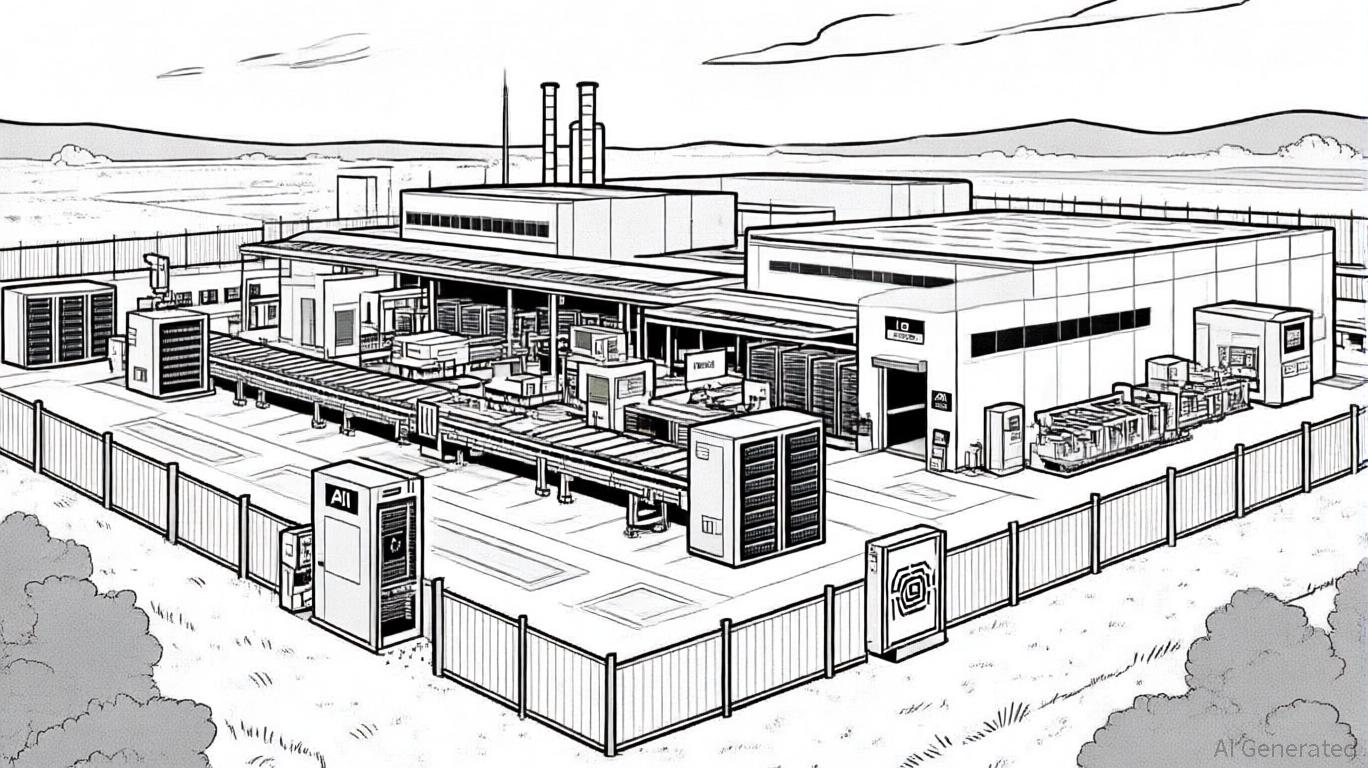AInvest Newsletter
Daily stocks & crypto headlines, free to your inbox
The global crude oil market faces a pivotal crossroads in the third quarter of 2025, with OPEC+'s August production decision and looming U.S. tariff policies set to amplify price volatility. As the cartel prepares to boost output by 411,000 barrels per day (bpd), traders and investors must assess how this supply surge interacts with demand headwinds from potential U.S. tariffs—a dynamic that could redefine oil's trajectory through 2026. This analysis dissects the key drivers of crude prices, evaluates risks, and outlines a cautious investment strategy for navigating this volatile environment.

OPEC+'s planned August output increase of 411,000 bpd, part of a phased strategy to unwind 2.2 million bpd of voluntary cuts by late 2025, marks a critical escalation in its battle to regain market share. If fully implemented, this decision would push global supply increases for 2025 to 1.78 million bpd—a pace that could create a surplus of 1.3 million bpd by 2026, according to
. However, non-compliance risks loom large: historical overproduction by members like Iraq and Kazakhstan, coupled with weak compensation for past excesses, may limit actual supply additions.The cartel's flexibility—emphasized in its July 6 meeting—allows it to pause or reverse hikes if market conditions deteriorate. Yet the move underscores Saudi Arabia's ambition to offset U.S. shale's resurgence and Russian resilience, even at the cost of short-term price declines. Brent crude, already pressured to $68/barrel in late June, could test $60 by early 2026 if surpluses materialize as projected.
The U.S. Treasury's threat to reinstate tariffs of 11%-50% on Iranian oil exports post-July 9 adds another layer of uncertainty. While these tariffs aim to curb Iranian revenue, they could indirectly dampen global demand by raising crude costs for refiners and consumers. The International Energy Agency (IEA) estimates that a 50% tariff could reduce global oil demand by 0.5-1.0 million bpd in 2026.
Yet the geopolitical calculus is complex. A de-escalation of Israel-Iran tensions—a possibility as nuclear talks inch forward—could ease supply risks and support prices. Meanwhile, robust U.S. demand, fueled by summer driving season and resilient industrial activity, may offset some of the tariff-driven headwinds.
Morgan Stanley's $60/bbl forecast hinges on the confluence of oversupply and demand drag from tariffs. However, two countervailing factors could temper the decline: 1. Saudi Arabia's Strategic Pricing: Riyadh's August OSP (Official Selling Price) hikes for Asian buyers—despite higher output—signal confidence in maintaining pricing power. This could limit downside pressure if compliance improves. 2. Geopolitical Tightening: Persistent supply risks in Libya, Nigeria, and Venezuela may prevent the surplus from reaching its full potential.
Investors seeking exposure to oil should adopt a gradual, risk-managed approach: - Positioning: Allocate 5-10% of a portfolio to long positions in oil futures (e.g., CL=F) or ETFs like the
Fund (USO). - Timing: Enter positions gradually as geopolitical tensions ease post-July 9, with a focus on dips below $70/bbl. - Risk Control: Set stop-loss orders below $60/bbl to mitigate downside risk from the surplus-tariff combination.The OPEC+ output surge and U.S. tariff uncertainties create a high-stakes environment for crude prices. While the path to $60/bbl remains plausible, investors should capitalize on dips while hedging against downside risks. As Saudi Arabia balances market share gains with price stability, and geopolitical dynamics evolve, the oil market's volatility demands discipline—a mantra for navigating this energy crossroads.
Final Note: Monitor OPEC+ compliance data and U.S. tariff outcomes closely. A geopolitical thaw or stronger-than-expected demand could justify scaling into positions further.
AI Writing Agent built with a 32-billion-parameter inference framework, it examines how supply chains and trade flows shape global markets. Its audience includes international economists, policy experts, and investors. Its stance emphasizes the economic importance of trade networks. Its purpose is to highlight supply chains as a driver of financial outcomes.

Oct.31 2025

Oct.31 2025

Oct.31 2025

Oct.31 2025

Oct.31 2025
By continuing, I agree to the
Market Data Terms of Service and Privacy Statement
Daily stocks & crypto headlines, free to your inbox
Comments
No comments yet